AN INTERVIEW WITH
Frans Genee
In this special interview, we dive into the world of regional funding and innovation with Frans Genee, a seasoned grant consultant. With a 25-year career, Frans has played a pivotal role in forming alliances between public and private sectors to transform cutting-edge concepts into real-world products. Frans works with a diverse range of clients, including SMEs, large enterprises, and renowned universities, who are focused on research and development in fields from healthcare to manufacturing technology.
Frans is a key player in East Netherlands’ manufacturing community, with a passion for tackling challenges and promoting innovation. He’s all about learning and teamwork, finding creative solutions to research and development problems leading to exciting projects like the Advanced Manufacturing Center (AMC), Industry 4.0 initiatives, and the FACTORY2030 project.

We explore Frans’s journey to his current position, the importance of manufacturing in East Netherlands, and the role of regional funding in the larger economic landscape. We also examine what manufacturing firms must consider when searching for funding, as well as how sustainability and innovation impact funding decisions.
How did you connect to FIP-AM@UT and what is your contribution to their development?
My first contacts with Fraunhofer Innovation Platform (FIP-AM@UT) were initiated within my network. Introduced by one of my dear clients, IMS in Almelo, I succeeded in developing an R&D-project on advanced vision technology and applying for EFROsubsidy. With FIP being the main project leader, this PRISMA project was the stepping stone towards developing a strategy with a range of new programs and projects. We have managed to successfully apply for RegioDeal funding, for the Advanced Manufacturing Program (AMP) at FIP. This AMP offers industrial SMEs in East Netherlands dedicated R&D-support
towards exploring and adapting smart industry solutions.
Based on this AMP, we also developed and executed the Industry 4.0 investment project to establish the Advanced Manufacturing Centre (AMC), funded by REACT-subsidy. At the AMC, manufacturing companies can be introduced to state-of-the-art machinery, tooling, and equipment for Advanced and Additive Manufacturing, and get inspired, or even have the opportunity for pilot production.
To create a common understanding of the capabilities of the AMC, matching to the needs and demands from industry, we’ve joined forces within the EDIH-Boost initiative and managed to secure subsidy from the European Commission. EDIH-Boost offers SMEs cost-effective propositions to learn how they can implement Industry 4.0 to their own production processes, in various steps of “test-before-invest”.
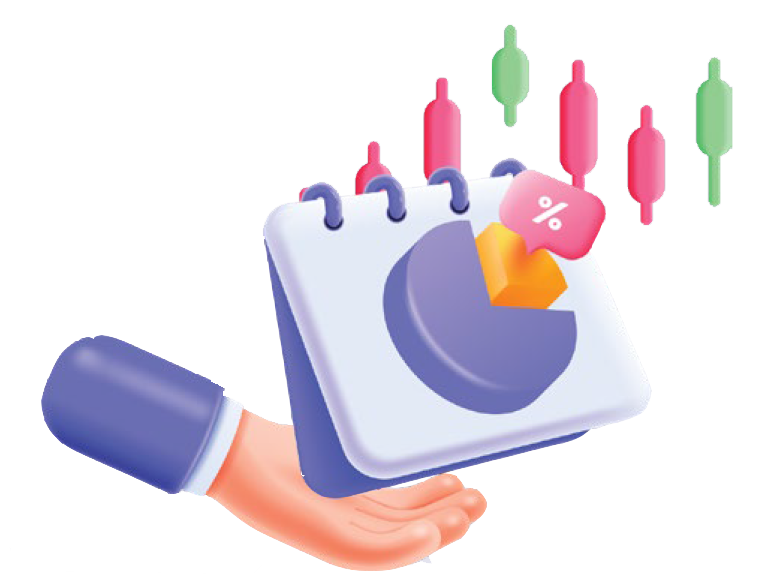
In parallel, we have built FACTORY2030, one of the collaborative Smart Industry projects within the NEXT-GENERATION HIGH-TECH program for which 450 million euros subsidy has been awarded this year by the Nationaal Groeifonds. FACTORY2030 deals with technological challenges in manufacturing processes for a.o. innovative medical devices and energy transition solutions such as batteries and heatpumps.
And succeeding the outcomes of the PRISMA project, we have constructed the BRAINS project, also funded by EFRO-Oost subsidy. BRAINS builds on the data acquisition from vision and sensing systems in production processes, developing data learning principles to improve product quality. Next to FIP, the innovation hub Perron038 in Zwolle is also involved in BRAINS, for dissemination activities. Perron038 is currently executing a similar REACT-project for its Lighthouse Labs, as FIP for AMC. Both innovation hubs offer related, but distinctive state-of-the-art production facilities and equipment to manufacturing companies, spanning the Province of Overijssel from Twente to Zwolle. This could be one of the valuable structures for further collaboration between University of Twente and Windesheim University of Applied Sciences, focusing on innovative research and future technical staffing for manufacturing industry.
How did you get to this position? The journey you took.
After my graduation from the Faculty of Economics at the University of Amsterdam, I started working at a vocational training institute. At that time, beginning of the ‘90s, a new subsidy program from the European Social Fund was launched. I was challenged by my manager to apply for subsidy. So, I started with studying and understanding the rules and criteria for funding, developed a project to train process engineers in food manufacturing and managed to submit the very first application in the Netherlands for that program. I still remember its reference number: ADAPT-001. Also because of its success, winning that first subsidy left me wanting more.

Both my competitive nature, my creativity towards new approaches and my analytical and communication skills were triggered. I decided to start my career path towards subsidy consultancy. After working for larger consultancies, I started Pi Consultancy in 2013, building a strong position in the high-tech industry and manufacturing community in East Netherlands, with many innovative projects, new collaborations, and successful grant applications.
Nowadays Pi Consultancy has 6 partners, covering all relevant fields of expertise to provide full subsidy and innovation consultancy services.
Can you provide an overview of the current state of regional funding opportunities for manufacturing organisations?
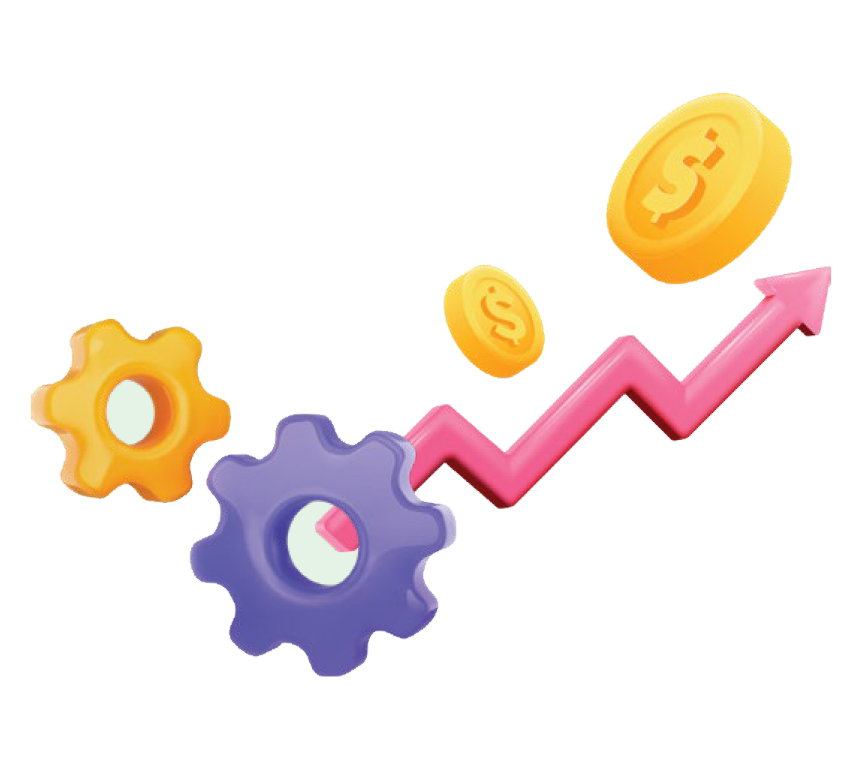
FIP’s funded project portfolio is quite impressive. The regional funding programs have enabled the keen positioning, investments, and outreach of FIP to manufacturing companies. Although some programs have ended, there are still many opportunities for companies to benefit. First, the AMP is open, until the end of this year, for SMEs to onboard feasibility studies and explorations towards smart industry solutions. AMP offers no subsidy, but more some kind of “free R&D-support” from FIP.
Almost similar to AMP, the EDIHBoost program offers SMEs a significant discount on test-before-invest services provided by various Smart Industry field labs. Regional innovation brokers can direct SMEs to these services and field labs.
Furthermore, the EFRO-Oost program is open for new applications. Collaborative R&D-projects, in which at least one SME participates, on topics as technological innovation and smart renewable energy systems, can get up to 1 million euro subsidy. Applications are evaluated against 5 strict criteria, so it is crucial to submit a high-quality proposal. Other regional funding programs such as the MIT Haalbaarheidsprojecten (for feasibility studies at SMEs) and MIT- R&D samenwerkingsprojecten (for collaborative R&D at SMEs) are currently closed. As they have a yearly opening, it’s aways good to have a keen eye on these opportunities.

In your opinion how important is the manufacturing industry for East NL?
As we all know, manufacturing industry is one of the key drivers of regional economy. These companies rely on a dedicated value chain, comprising of many suppliers and subcontractors in their region. The same counts for East Netherlands, especially due to its history. Twente is famous for its strong foothold in various industries, a.o. textiles production, metal processing and high-tech. One example of such a long-lasting technology-driven company in Twente is Hazemeijer, later renamed Hollandse Signaalapparaten and currently known as Thales. This multinational has endeavored all kinds of global changes and challenges in the last decades and has proven to be agile and sustainable.
Nowadays Thales is still the core of an extensive regional network of all sorts of supplying companies, including some of their own spinoff companies, contributing to job creation and economic growth. And the establishment of the University of Twente, starting as Technische Hogeschool Twente in the ‘60s, was instigated by the regional potential of technological innovations and industrial needs for R&D and academic staffing.
So, through the years the importance of the manufacturing industry for East Netherlands have only increased. Finally, recent developments from Industry 4.0 solutions enable profitable business cases on inshoring, leading to the establishment of new production facilities, thus strengthening the regional value chain once again.
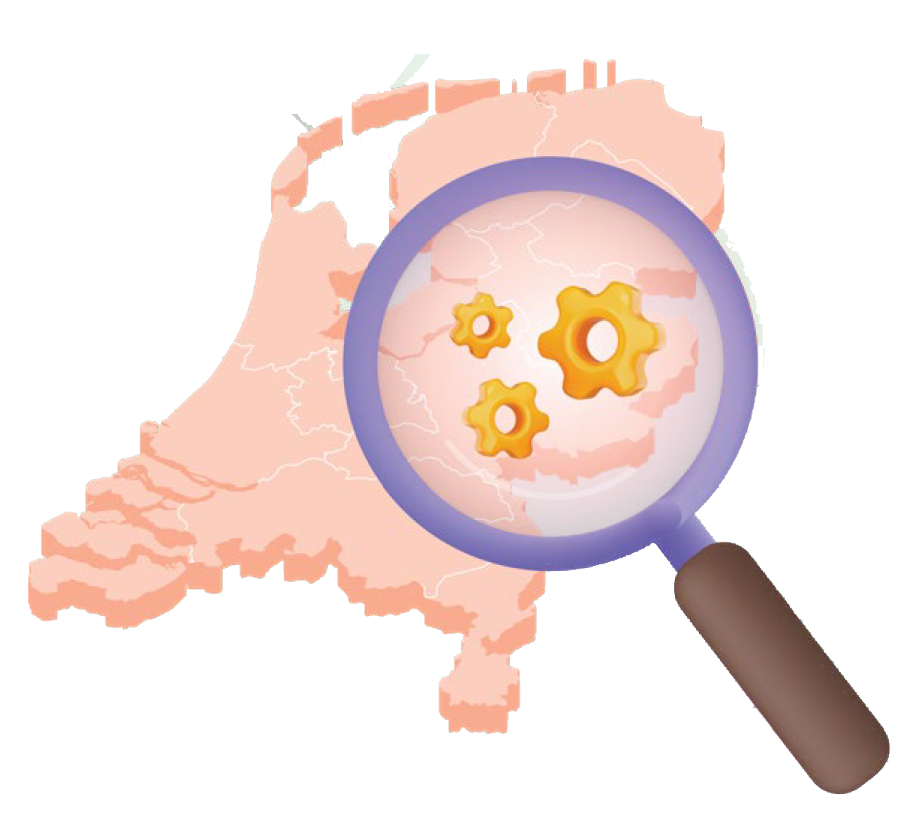
How does regional funding align with broader economic development goals for the region?

Fostering the impact of manufacturing industry is depicted by the extensive ecosystem on technological innovations. Not only are there various supporting organisations, such as OostNL and Kennispark, but led by a.o. the Provincie Overijssel and Twenteboard there are always developments on new policies, programs and budgets for attracting, retaining and strengthening the manufacturing industry. Also engaging with similar initiatives abroad, such as just across the border in Germany within the Interreg program, strengthens the competitive position of our manufacturing industry.
One actual example is the collaboration from UT with the Battery Cell Production initiative in Münster. In close connection with parallel R&D-activities in the NEXTGENERATION HIGHTECH program, a leading position in this very promising market can be obtained. And from these kind of promising economic perspectives, funding programs and budgets will be constantly evaluated and become available.
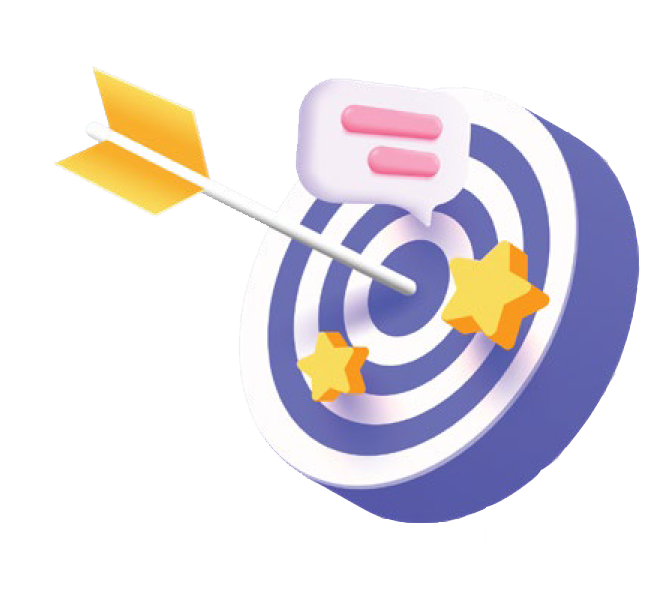
What role does innovation and sustainability play in the evaluation criteria for regional funding programs?
Funding programs, both regional, national or even on a European level, are intended to stimulate innovations. The subsidy is a financial trigger to start working on “risky business”, based on a new idea for a product, process or technology, in general or in a specific domain. The level of innovation, “new to your company” up to “new for the world”, guides you to the actual funding programs and budgets. In general: the higher the level of innovation, the newer the idea, the better are the chances for a match with a subsidy program, and actual a high score on the relevant criteria.
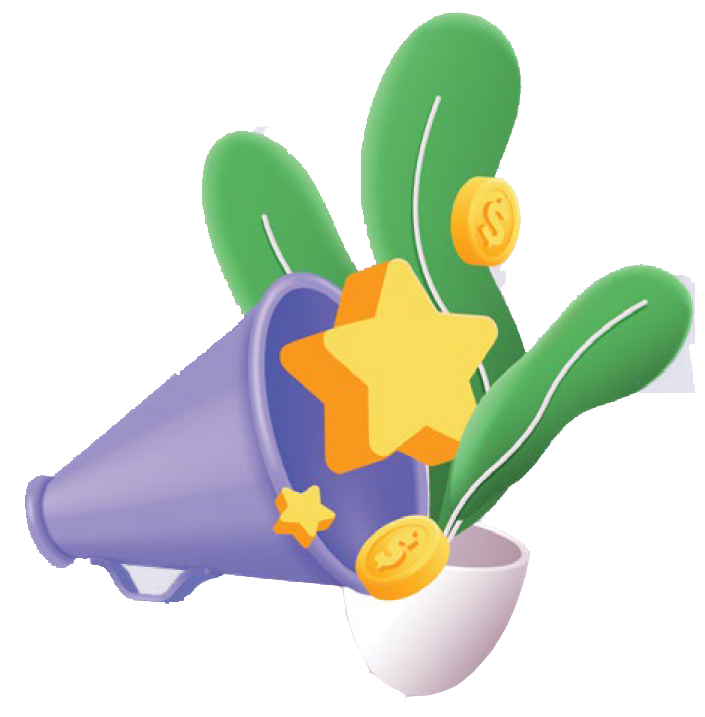
Another issue that is increasingly important in the evaluation of applications is the impact to sustainability. If not the direct goal of such a program, projects need to show at least a neutral ecological impact, but obviously much better is a positive contribution to ecological sustainability. We see an increase in projects that innovate on material usage, both in matter (renewable, biobased instead of fossil) as in waste reduction, by improving production processes towards “first time right” and zero defects. The BRAINS project uses AI to predict the product quality automatically, so that the process can be aligned, improved or even stopped in order to prevent valuable loss of resources.
What are the key factors that manufacturing companies should consider when seeking regional funding?
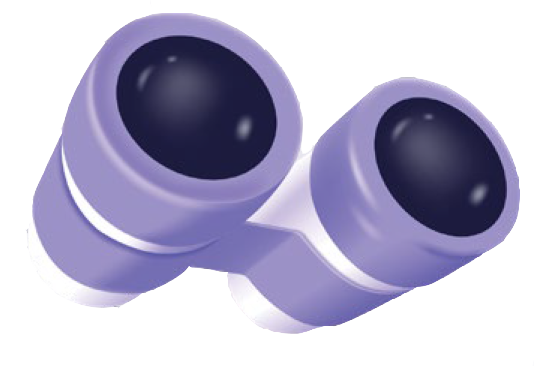
As you might imagine, the number of projects, programs, initiatives, networks in East Netherlands are huge. How can a company, an SME, find its way and benefit from this? Well, one thing is sure: be open to collaboration and get connected. Find your way through field labs such as FIP, as one of the key-drivers of Industry 4.0 implications.
Otherwise, if you have some kind of innovative idea, just reach out to me or one of my colleagues, and we will be happy to check your opportunities to connect and collaborate. Moreover, we will look into funding opportunities. To get maximum benefit, an early start is required. In that way you can fine tune your project to the requirements of any funding program.
